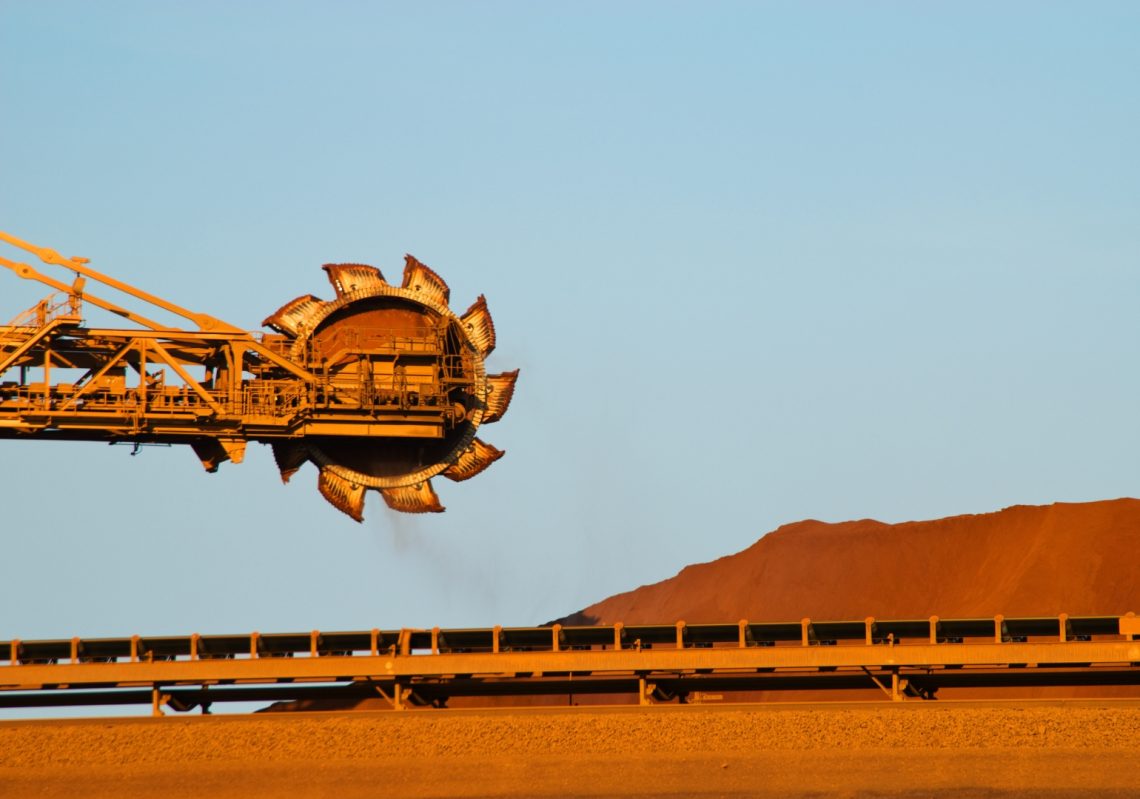Rather focusing on specific machinery or infrastructure, engineers will require systems thinking to make zero-carbon mining a reality.
In designing a zero-carbon mining operation and an engines-off mining capability so all power can come from renewables, Bellevue Gold Managing Director and CEO Darren Stralow quickly realised success involved looking at the entire system.
Instead of electrifying a single truck fleet, or focusing on building solar and wind farms, or incorporating electric hoists, a broader focus on how every part of the mining process must work together is essential.
“To be net zero, which is our target, we have had to go through a hierarchy of control to show that we have avoided, reduced or eliminated carbon emissions as far as possible,” Stralow told create.
“If we just offset emissions – if we just did a financial transaction and said we’d be carbon neutral but not net zero – we wouldn’t need to do this. But we have had to go through that hierarchy.”
An important part of this process was making operational changes to match the availability of renewables.
“We have high renewable energy in the middle of the day for sun, and at night we have more wind,” he said. “Over the shoulder periods, at dawn and dusk, there’s less wind and less sun.”
“In the engineering of our site, we have built an oversized crusher. That’s a big power draw. We have adjusted our operations so that we can do maintenance on the system over those shoulder periods, and then we can run the crusher hard during the times that we have high renewable energy.”
A symphony of opportunity
Changing the way mining is managed for the purpose of decarbonisation provides exciting opportunities, said Renee Gardiner, Industry Director Resources at Aurecon.
“Never before has the opportunity been available to us to touch every part of the value chain,” Gardiner told create. “We often refer to which pieces of equipment we need to change, but the reality is that everything pit-to-port is being examined.
“To be able to decarbonise, we need to ask what can be improved and what can be optimised. How can we really add to that decarbonisation journey? It’s not just about electrification of specific pieces of equipment. It’s all the way from front end to back end.”
Some of these opportunities are currently revealing themselves in the optimisation of fleet movement.
“We’ve never before had the luxury of changing an entire fleet,” she said. “It becomes a symphony of how the onsite operator adapts to this complex challenge.
“No longer do you have the autonomy of every truck moving when they want to. All of a sudden, you’re having to work in a coordinated fashion around the weather, and around how you have stored energy, and how you’ve dispatched your fleet.
“It becomes about how the end user adapts to ensure you are considering optimal efficiency, the lowest cost and the lowest carbon. It’s a real change in mindset for people who are onsite, or operating the equipment remotely.”

Zero-carbon mining is all about energy flow
Mines of the future will likely run in “missions instead of shifts”, Darren Kwok, Perenti’s Head of Mining Electrification and Technology, told create.
While many are fixated on the electrification of rolling equipment, of cooling systems and of materials transport systems such as hoists and winches, Kwok said, only a systems view will enable a zero-carbon mining operation.
“A systems view in an electric mine, [and] the ability to run in missions instead of shifts, offers a level of flexibility over a shift of, say, twelve hours,” Kwok explains. “You can make changes to the plan and be fairly independent, depending on what part of the system you’re in.”
But the electric mine is also highly interdependent between systems. For example, if a truck drives down a decline, but then has to make an unplanned trip uphill into another area, does it have the right amount of power to get back out of the hole?
“What battery will it use?” Kwok said. “Will it battery swap, for example, and what effect will that have on the rest of the system, as we’ve removed a battery that was planned for another truck?
“Task planning will pivot around the flow of energy in the mine … The major processes in the mine will look very similar to the way they look today. What will change is how we do things and plan things. Engineers will need to work across systems for this to succeed.”
Explore more innovative ways of reducing carbon emissions at Engineers Australia’s Climate Smart Engineering 2024 conference in November.



